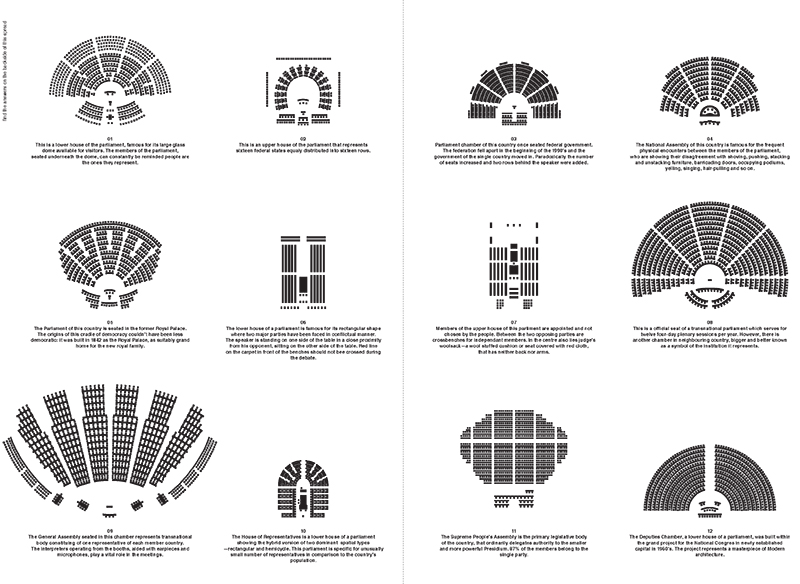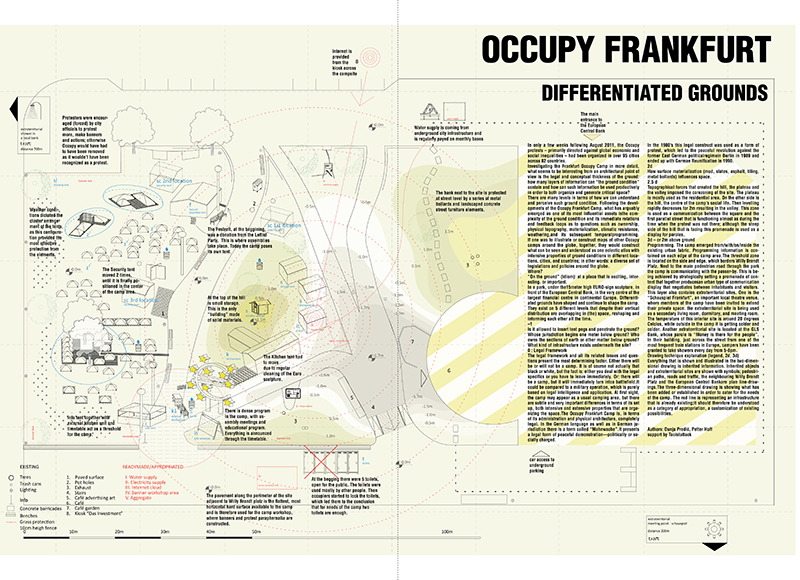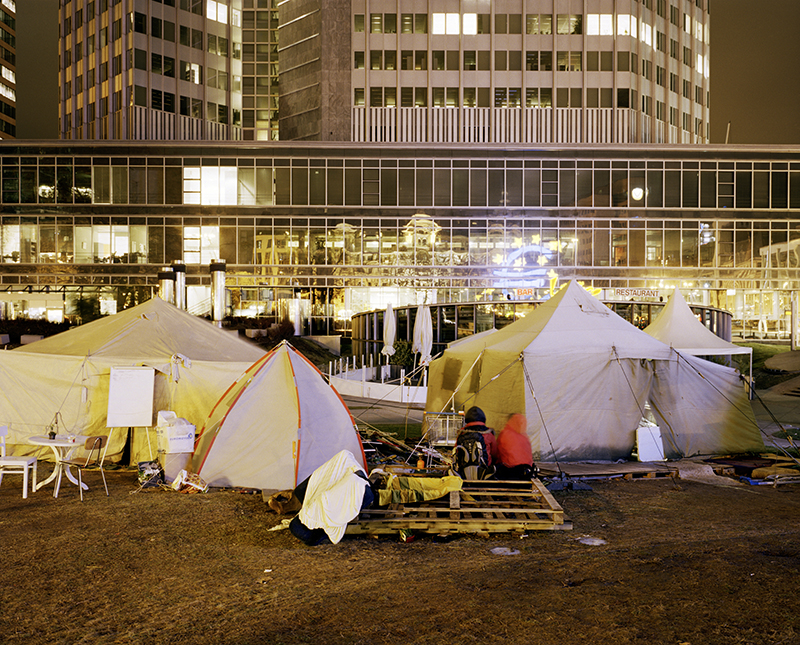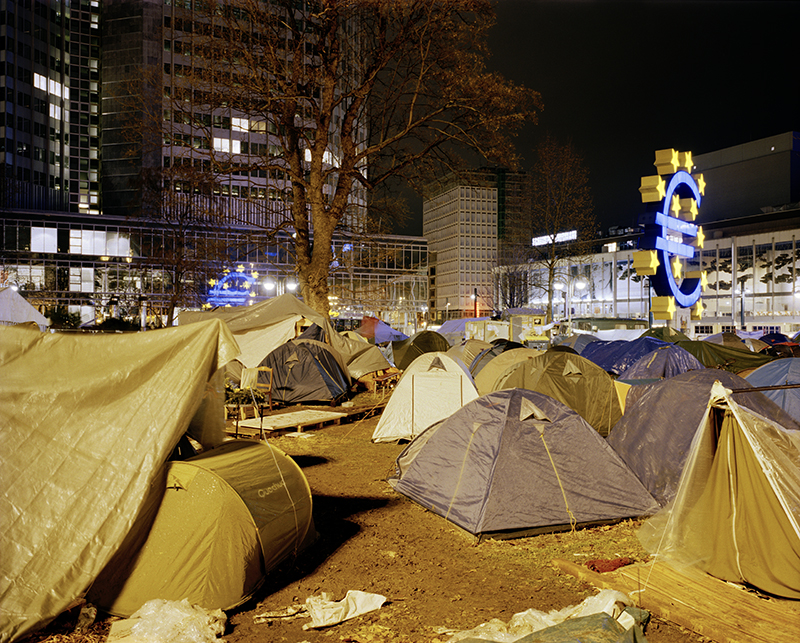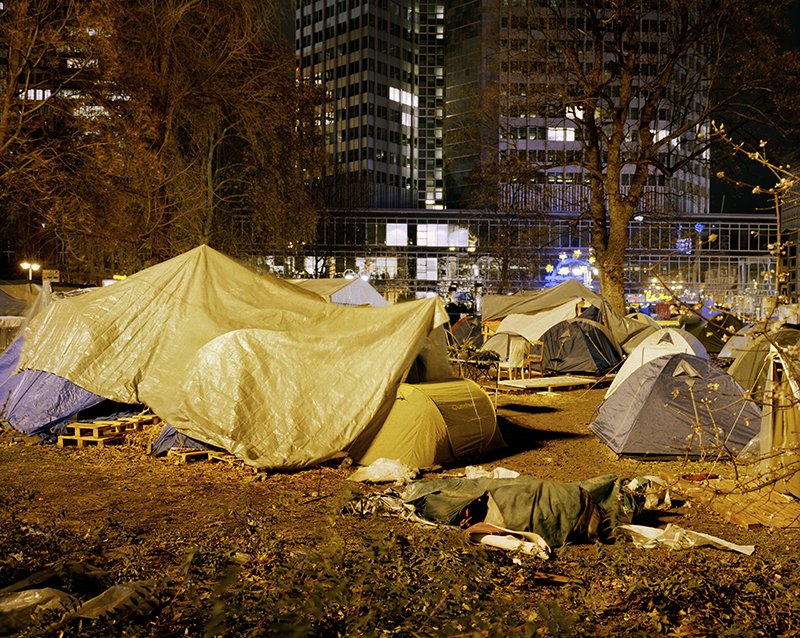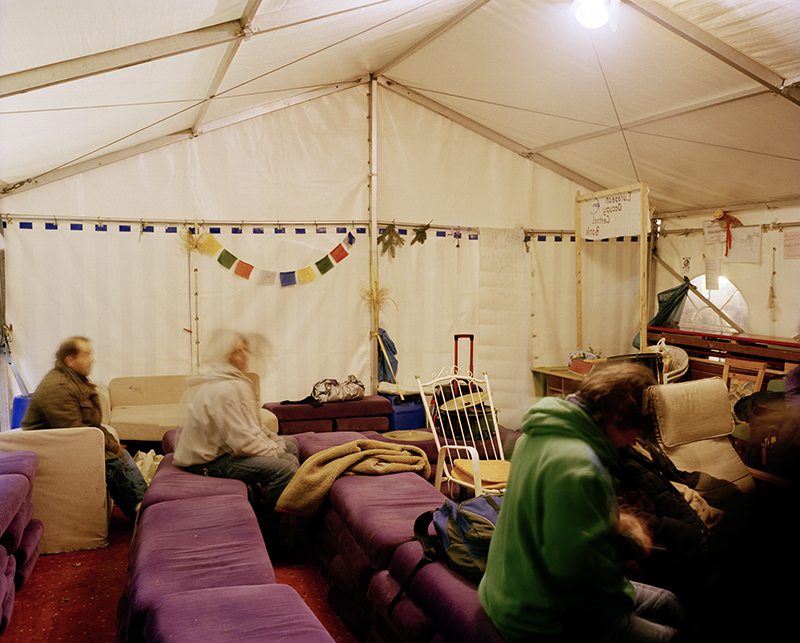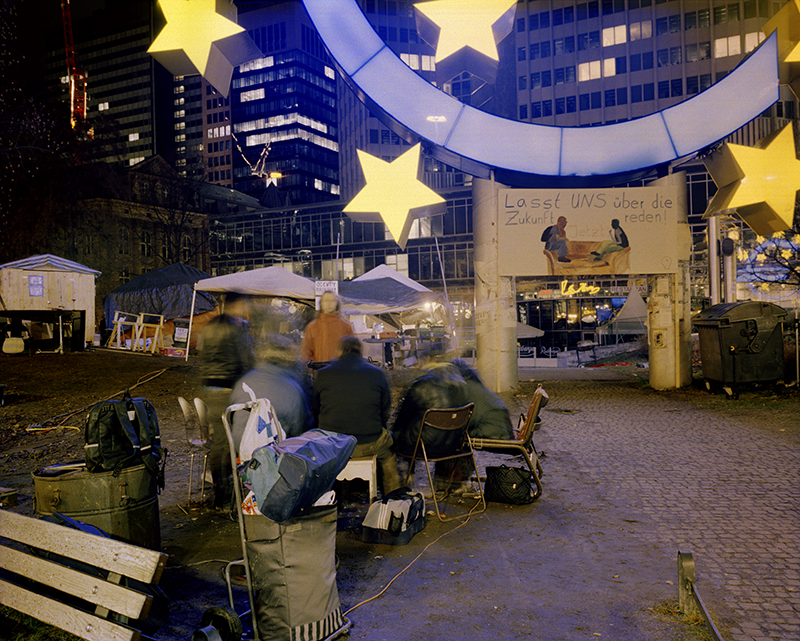Städelschule ACSP
Architecture and Critical Spatial Practice Studio
2011
Frankfurt, DE
In collaboration with Zak Kyes, Joseph Grima, Nikolaus Hirsch, Beatrice Colomina, Matthias Görlich, Tim Schuster, Erhan Oze, Occupy Frankfurt
Architecture and Critical Spatial Practice
Download:
- Devised by Professor Markus Miessen
- Drawings by: Dunja Predic and Ana Filipovic
- Photography by: Armin Linke
CULTURES OF ASSEMBLY: Political Space and Agonistic Encounter
Städelschule Architecture Class’ (SAC) new specialization in Architecture and Critical Spatial Practice (ACSP) navigates architecture as a critical spatial, political, cultural, and social tool taking full advantage of SAC’s position within the Städelschule. It draws on the playful and culturally discursive potential of the relationship between architecture and related disciplines, first and foremost art, to reinvigorate architecture with cultural, social and political criticism. It will establish a productive dialogue with the other half of the Städelschule benefiting from the friction that intrinsically exists between art and architecture. ACSP gains from cross-disciplinary fertilization through intensive collaboration with Städelschule’s art department and a vital interaction of the student bodies.
In its approach to various contemporary topics, ACSP sees SAC’s presence in the Städelschule as a privileged position since one aspect of contemporary production in the arts is precisely to pose inquiries along the lines of how critical practices operate. In this context, architecture holds a particular promise since its relationship to spatial domains is inherent to its history and contemporary status. However, much contemporary production in architecture is void of its responsibilities in these terms and unaware of its consequences. ACSP aims to provide a much-needed re-injection of a vital, critical discourse to the field.
Can social complexity, antagonistic encounter, and critical content exchange be designed? What constitutes the productive transitions of physical scales and programmatic (in-) formalities when it comes to political encounters? When we stage discourse, when and how does the political emerge?
Critical Spatial Practice should be understood as a means of rethinking one’s professional practice, operation, and codes of conduct. Consequently, the singular formal and often self-referential approach of architecture is being enhanced by a complex field of interests, methods and lines of attack. These utilize a set of specific tools at various scales in order to deal with a situation at hand in the most productive yet critical manner and set up critical ‘problematics’.
Architectural history has been dominated by publications as a site and test-ground for ideas: at some point, paper was the most radical architectural material of all. Architecture has a very specific history embedded in the production and dissemination of discursive platforms such as books, magazines and self-published fanzines. ACSP understands itself at the intersection of publishing as distribution of ideas – the production of a pro-active and self-initiated (public) debate as a test-site for spatial speculation. Students will be directly involved in the formulation of questions, outlining of possible inquiries, researching and mapping those territories of concern, distributing ideas and content as a proposition: an active involvement in the world surrounding them.
Within Critical Spatial Practice, the question of feedback is crucial. Its pursuits no longer hinges on the belief in individual artistic production, but heavily depends on often conflictual exchange with likeminded practitioners, collaborators, as well as potential adversaries. Publishing will become a central tool for students to think their projects through a common format, which will help them to address their concerns to a specific, developed and predefined audience. Within this format, students will develop their individual or group projects that form part of a larger yearlong trajectory. Consequently, student work will focus not on a ‘final design’, but an inquiry and documentation of an experiment, a discursively argued thesis towards a ‘spatial condition.’ This condition may result in an architectural scale proposal, a social event, a policy document, an analysis of spatial typologies, or a critical documentation of an existing situation.
ACSP will think about ‘space’ without necessarily intervening in it physically, but trying to sensitize, promote, develop and foster an attitude towards contemporary spatial production, its triggers, driving forces, effects and affects. As a group, we will speculate on the modalities of production and potential benefits of the role of ‘the outsider.’
The setting up of such scaffold and borderlines is important, as each individual contributor to the project needs to take a position, which always has consequences. Only when a border is acknowledged, understood and recognised it can be broken, transgressed or (mis)used. By deliberately producing such antagonistic fields of productive encounters, ACSP nurtures and exploits misunderstandings and a pro-active outlook on the value of failure as the starting point of all experimentation. An annual thematic umbrella formulates the subject of our investigation. This central narrative acts as a test ground on which individuals and groups can experiment.
